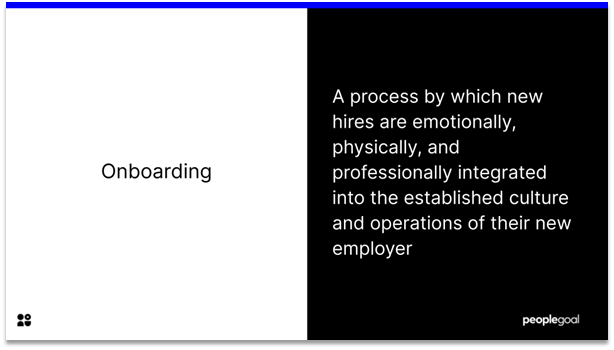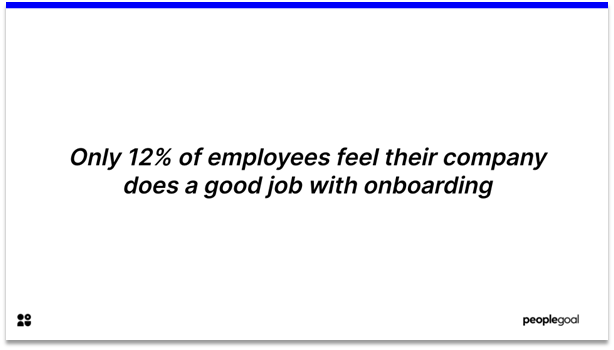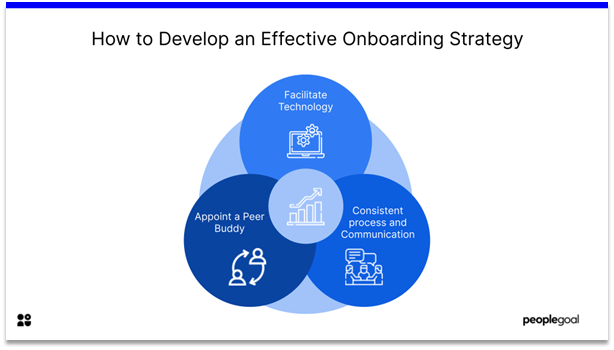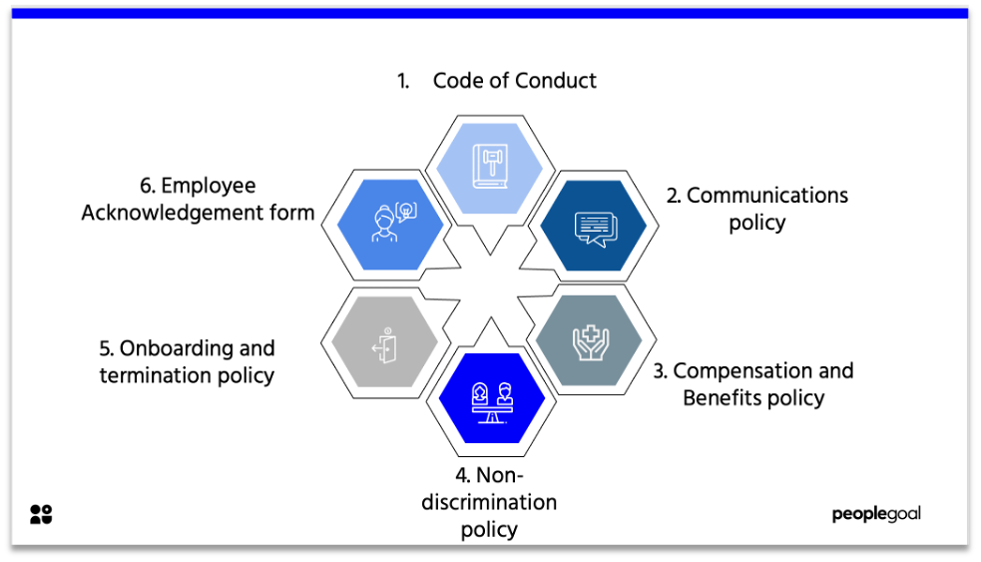Onboarding has a long-term positive effect on employee engagement, performance and talent retention. It plays a fundamental role in an employee’s experience at an organization.
What is an employee onboarding process?
According to HR Zone onboarding is "a process by which new hires are emotionally, physically and professionally integrated into the established culture and operations of their new employer".
A common misconception is that the employee onboarding process starts on the first day of a new hire. The truth is that it’s essential for businesses to start onboarding before their new employee joins the company in order to minimize the ramp-up time and prevent negative productivity from day one. The onboarding process should start when the job offer is accepted by an applicant and should be approached as a continuous process during the first few months of their employment.

Why does the onboarding process matter?
Acquiring the best talent and ensuring employee retention is becoming increasingly difficult. Companies need to provide a positive employee experience from the very beginning of an employee’s journey. Recent statistics show that almost 33% of new hires looked for a new job during the first 6 months of their employment, and the numbers are higher among millenials. Moreover, one third of new hires had a negative experience during their onboarding period, while one fifth changed their mind about accepting the role. Those companies that excel at onboarding are more likely to develop engaged employees and can improve talent retention by as much as 82%, consequently enjoying 2.5x revenue growth.
With this in mind, it does not come as a surprise that business leaders and HR teams are progressively recognizing the importance of developing effective onboarding strategies and improving employee experience. Yet in a world where HR departments and managers are becoming more and more busy, onboarding new employees is still overlooked by many companies. In fact, 24% of employers have no onboarding process in place and only 12% of employees feel their company does a good job with onboarding. So what can you do to improve the onboarding process in your organization?

How to develop an effective employee onboarding strategy
The main objective of onboarding is to provide a new hire with the tools and support to successfully integrate into your company culture. To do so, it’s important to provide enough time for a new employee to familiarize themselves with the vision and the values of your organization, and to understand their responsibilities and the day to day tasks of their new job. Understanding the unwritten rules of your organization and developing a social network among their colleagues is just as important to make your new starter feel included and part of the team.
Luckily there are common tactics and strategies to create an engaging onboarding strategy.

Facilitate technology
Digitizing the onboarding process will not only improve the experience for your employees, it will make the processes in your organization more efficient. Plenty of software available today will enable you to digitally send all necessary paperwork to the new hire prior to their start. You can also share materials (such as booklets and videos) that will allow them to get to know the company culture and values. Crucially, you should provide new hires with information regarding the schedule of their first day: who to ask for at reception, where to park and what the dress code is. These might seem like small superficial things but they can have a significant positive influence on your new starter’s experience.
Furthermore, you should ensure that all the necessary equipment is ready for the new employee and that their manager is prepared before their start date. Once this is settled you can provide your new talent with a set of onboarding tasks to be done on their first day. You should also set check-in deadlines for the new starter throughout their onboarding period. Make sure you’re setting time to ask for feedback and encouraging open dialogue. Moreover, these platforms can help the managers and HR teams to assess whether the new hire is hitting the necessary targets, especially in the case of teams that operate remotely.
Ensure consistent process and conversations
It has been proven that scheduling 1-to-1 meetings with the new hire’s manager during their first week is beneficial for integrating the employee. Best practice is also to set regular onboarding check-ins once a month for the new hire’s first 6 months. This can positively influence the productivity of the employee and shorten their ramp-up time.
Common key moments in the onboarding process to schedule check-ins include;
- The period between accepting the job offer and starting a new job
- Orientation period (usually the first day or first week of employment)
- After the first 90 days
- After the first 6 months
- After the first year
Appoint a peer buddy
As stated in the Harvard Business Review a new hire needs to be given context to understand their role and how to contribute to their team’s success. Onboarding buddies or mentors are considered one of the most valuable ways to manage this. Onboarding buddies can help a new joiner to understand the hierarchy in the organization and how to navigate between different systems, think strategically, and how to approach problem solving in the company. Having a buddy can also help to develop social connections, understand the company culture and successfully integrate into the team (especially if the buddy and the new hire report to the same leader). Last but not least, agreeing to take on the role of an onboarding buddy can help talent to develop invaluable leadership and managerial skills, and teaching others can boost their technical expertise.
The key to successful employee onboarding is not to over-complicate the process but to facilitate the tools and strategies available to focus on what the new hire really needs; support and context. Onboarding is a cornerstone to developing positive employee experience and talent retention. The process has proven to have benefits to the company’s growth as well as to its reputation. While it might seem an insignificant part of the employment cycle, if not done properly it can cause negative productivity and high employee turnover.
Thinking of upgrading your onboarding process but don’t know where to start? Download our whitepaper to guide you through implementing change in your organization.
Ready to 3x Your Teams' Performance?
Use the best performance management software to align goals, track progress, and boost employee engagement.






